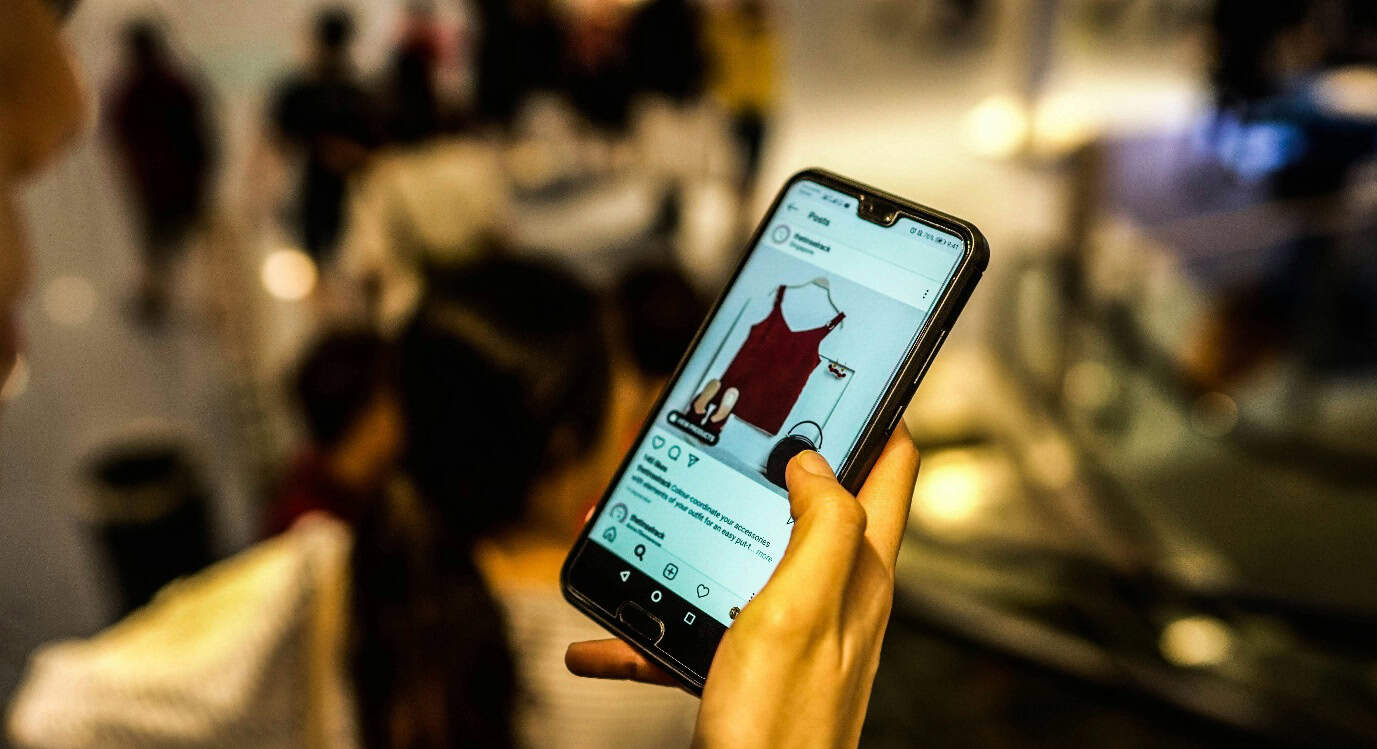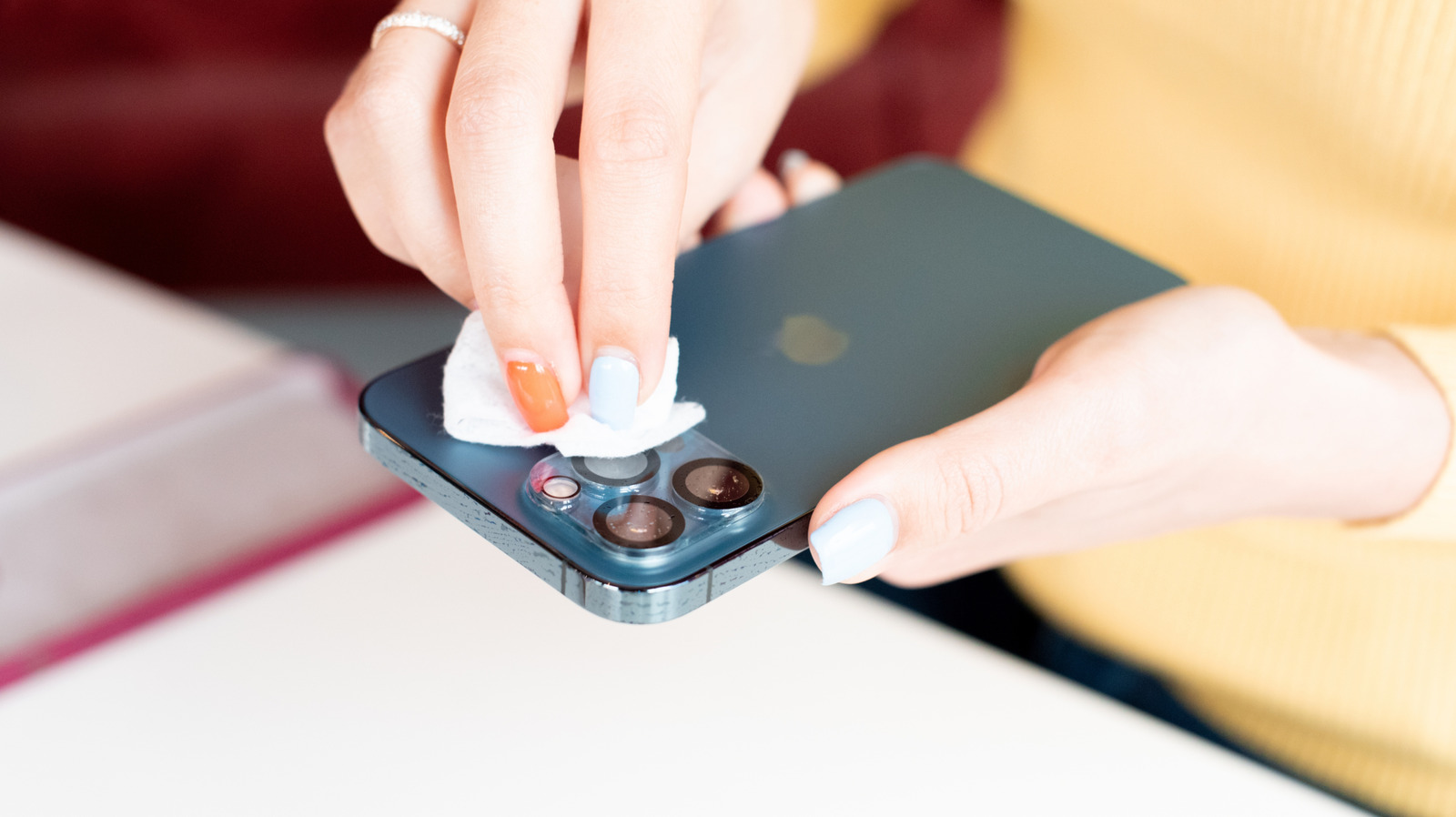You think you’ve nailed your social media post. The visuals stop the scroll, the copy is sharp, and the call-to-action lands just right. The audience clicks, which means the message worked, but this is also where the post-click experience comes in, and it’s where many campaigns lose momentum.
If the landing page doesn’t clearly and consistently continue the story, users drift. But when the post-click content aligns and delivers, curiosity turns into action.
While social media marketers obsess over reach, clicks, and engagement, they often overlook this most pivotal part of the funnel.
It’s the journey your audience takes after engaging with your content, and it’s where too many brands lose the audience they just earned.
What Is the Post-Click Content Experience?
The post-click experience includes everything a user encounters once they’ve clicked on your social media link. Whether it’s a landing page, a product page, a gated resource, a blog post, or even just a form, it must be aligned.
The tone, visuals, pace, and content on your page should reflect the promise and energy of the post that brought them there. A slick Instagram Story shouldn’t lead to a clunky page with dry copy. A serious LinkedIn lead magnet shouldn’t link to a vague or underwhelming article.
This is a strategy as much as a design issue, because your social media content marketing strategy extends to the user’s experience after that initial moment of intent. It doesn’t end with the post.
Why Social Media Marketers Can’t Ignore the Post-Click Journey
Clicks are just an invitation, and if what follows doesn’t deliver, users leave fast.
A dedicated landing page has an average conversion rate of 7.12%, while ecommerce product pages convert at just 2.86%. That’s a significant gap that shows just how much impact the post-click experience can have on outcomes.
This is where your social media goals either take shape or fade out. The post-click moment defines the outcome. A great page amplifies your reach, maximizes ROI, and builds trust. A poor one wastes all the effort that got someone to click in the first place.
Source
Common Post-Click Mistakes That Derail Your Campaign
Some of the most common errors you can make are as simple as subtle friction points that break momentum:
- Page speed issues: Even a one-second delay can drop conversions by 7%, so with delays over five seconds, expect sky-high bounce rates.
- Mobile misfires: Social traffic is mostly mobile, and if your landing page isn’t responsive, your bounce rate will tell the story.
- Mismatch in tone or style: A casual caption followed by overly formal landing page copy feels jarring, so carry your brand voice on social media into the destination content.
- Confusing layouts: Poor formatting, no clear call-to-action (CTA), or content overload causes users to bounce in a matter of seconds.
- Visual disconnect: Your visual brand must travel with the user from post to page, which is why social media graphic design should extend consistently across all assets.
The Psychology Behind the Post-Click Drop-Off
When people click, they arrive with expectations, and each platform sets the emotional stage, from the tone of the caption to the format of the content. The post-click experience either sustains that emotion or disrupts it.
Users often leave web pages in just 10 to 20 seconds, and the average visit lasts less than a minute. Even when they stay, they typically read no more than 28% of the words on the page. That means you need to validate their click fast.
If they’re confused, bored, or overwhelmed, they won’t stick around to figure it out.
Your post-click content must flow. That includes easy navigation, aligned messaging, strong visuals, and content that actually delivers value.

Source
Creating a Post-Click Experience That Feels Natural
The click is only part one. What follows needs to feel just as considered and just as intentional. Here’s how to make sure your post-click content keeps the momentum going.
Start by Speaking the Same Language
The landing page should pick up immediately on whatever tone, mood, or promise got someone to click.
If your social post was playful, the headline shouldn’t suddenly go corporate. If you led with a professional offer, don’t drop your audience into a casual blog. That disconnect breaks trust before the user has even read a full sentence.
Design With Real Hands in Mind
Most social clicks come from mobile devices. That means your landing page should load fast, look clean on a small screen, and be easy to navigate with one thumb. Big buttons, short forms, and layouts that don’t require pinching or zooming all help keep people moving.
Incorporate Content Space
People don’t read webpages like books; they scan. Use short paragraphs, subheadings, visual breaks, and bolded snippets to help your content feel light and accessible. If the eye can’t find its way, the visitor won’t stay long enough to convert.
Be Crystal Clear About What Comes Next
Your CTA needs to feel like a natural next step, not a gamble. “Learn More” or “Click Here” feels vague and uncertain. A better approach is to name the benefit directly: “Get the Full Guide,” “Save My Spot,” or “See It in Action.”
Clear language like this lowers hesitation, and your visitor is more likely to follow through because they know exactly what to expect.
Watch How People Behave After the Click
Start with social media analytics to see which posts are driving the most traffic. Then use UTM links and scroll tracking to understand what keeps visitors engaged once they arrive. Look at the time on the page, where they pause, and where they bounce.
These metrics are clues, and the more you understand your visitors’ behavior, the easier it becomes to fine-tune every step in the journey.
Let Attention Shape Your Long Game
Once you know how people behave after the click, you can start using that data to guide your bigger-picture strategy.
Their attention is your window into intent, so if your visitors are spending time on your page, scrolling deeply, or interacting with embedded content, that’s a signal worth acting on.
The most effective post-click strategies use these signals to refine everything from landing page structure to retargeting campaigns.
Instead of treating each click as a one-time win, treat it as an entry point into a longer journey.
Segment your audiences based on how engaged they were, then tailor follow-ups accordingly. Someone who watched a full video might be ready for a demo, while someone who bounced quickly might need a different hook.
Using Visual Cues to Guide Post-Click Behavior
Visual design plays a crucial role in showing users what to do, where to go, and how to interact, so your post-click content needs to be as intuitive as it is functional.
Clear headings and subheadings help users orient themselves. Bold CTAs stand out against neutral backgrounds. Directional cues like arrows, whitespace, and even photography composition can subtly guide the eye toward action.
Strategically placed buttons, sticky navigation bars, and gentle scroll prompts increase time on page while encouraging movement through the funnel. Even something as small as changing a button color or label can improve conversions if it improves clarity.
Users on fast-moving platforms like Instagram and TikTok are trained to skim, so your post-click content must accommodate that behavior. By applying intentional design techniques and clear hierarchies, you can extend attention beyond the click and into action.
 Source
Source
What a Great Post-Click Experience Looks Like
Theory is important, but examples make it real.
These five distinct post-click experiences that include some of 2025’s most popular products sold online show how different types of brands can align visuals, tone, and flow to keep users engaged and moving forward.
- A vitamin brand runs a 10-second Reel showcasing a healthy daily combination of supplements. The link leads to a mobile-optimized builder with identical visuals and headline, and the form includes just two fields for quick completion.
- A smart device brand promotes an upcoming informational webinar on LinkedIn. The CTA leads to a page with the same headline, consistent tone, and a 15-second video recap of the topic. There’s a single registration form that’s clearly visible.
- A fashion brand’s Instagram post features a carousel of summer trends. Clicking the link leads to a curated landing page showcasing the same products with prices, user reviews, and a one-click “add to cart” experience.
- A nonprofit posts a compelling story on Facebook with a donation request. Clicking leads to a page that repeats the story, includes a short video, and shows how funds will be used. The donation form is short, mobile-friendly, and emotionally aligned.
- An influencer shares a limited-time promo code in a Story. The link opens a pre-filtered product collection, complete with user-generated content and a timer counting down the offer. The CTA buttons match the tone and urgency of the Story.
Post-Click Experience Matters Even More for B2B
B2B landing pages need to deliver clarity fast. Buyers in B2B are often evaluating your brand across multiple touchpoints and over longer timeframes, so one bad experience can move you from shortlist to out of sight.
For B2B social media marketers, the post-click journey can’t be generic or disconnected from the buyer’s intent. The content someone sees after the click should match where they are in the funnel. Top-of-funnel clicks might lead to blog posts, explainer videos, or overview pages.
Mid-funnel content could include comparison charts, calculators, or client case studies. At the bottom of the funnel, links should land on pricing pages, ROI tools, or demo requests.
Each landing page should move the buyer forward without friction. The more tailored and strategic the experience, the more likely your brand becomes the one they remember and return to.
How to Implement Post-Click Strategies Into Your Workflow
Knowing what makes a good post-click experience is one thing. Building it into your day-to-day process is another.
These five steps help turn insight into action, so your content earns clicks and delivers results.
1. Start With the Destination
Begin with where the post leads. Open the landing page first, and make sure it delivers on what the social post promises.
When campaigns are planned from the end goal backward, the result is a smoother experience. Visitors land where they expect to land, which keeps them engaged instead of bouncing.
2. Standardize Your Design System
If each page is built from scratch, consistency is nearly impossible. Create a flexible system of reusable elements, like headlines, CTA styles, fonts, and colors, that can be pulled into any page. This saves time and also keeps your visual identity steady from platform to page.
3. Bring Teams Together Early
Social content doesn’t live in a vacuum, so invite designers, writers, and data teams into the process from day one. That way, the messaging holds up across the journey, and the analytics team can track performance that actually matters.
4. Review and Refine Weekly
Clicks only tell part of the story, so dig into the data regularly. Scroll depth, bounce rate, and time-on-page all highlight whether your landing pages are holding attention or losing it, so if something’s underperforming, tweak it fast and track the changes.
5. Adapt for Each Platform
Every channel brings its own vibe. Instagram users expect sleek visuals and quick hits, while someone coming from LinkedIn might be in research mode, so tailor your post-click experience to match the platform’s rhythm. When the follow-up feels like a natural next step, people stick around longer.

Source
Don’t Let the Click Be the End
A click tells you, “I’m interested. Show me more.” While it’s a confirmation, what happens next is entirely up to you. Content is everywhere, and the brands that win are the ones that deliver beyond the click.
So, take a hard look at your post-click experience. Tighten the flow, align the tone, and test for speed, value, and clarity, because every part of the page matters. From the headline to the final button, each element plays a role in keeping the momentum going.
The story only begins at the click.
As social media trends move toward greater personalization and dynamic content, your post-click strategy must evolve alongside them. That is how attention turns into engagement, and engagement turns into real business outcomes.










